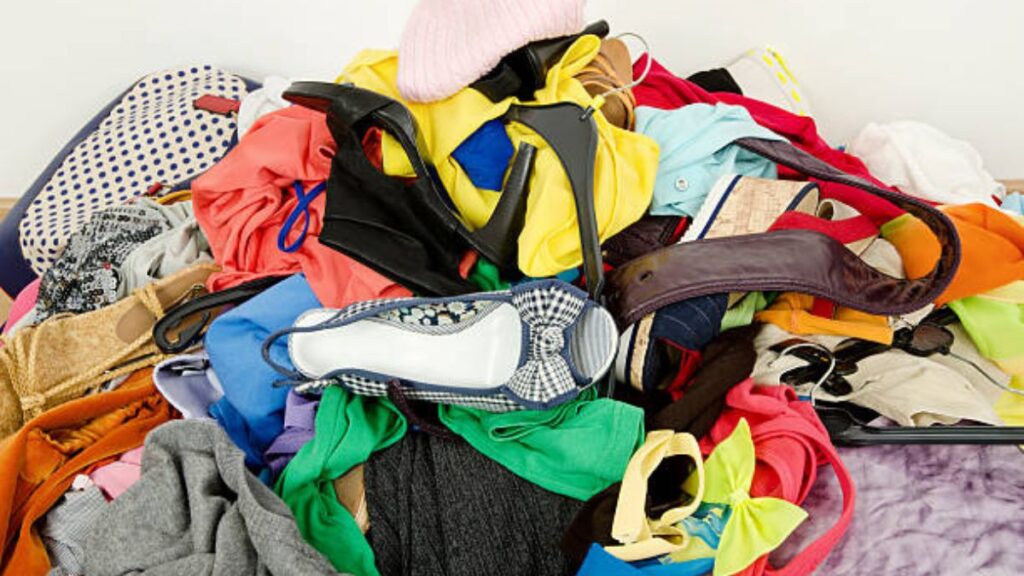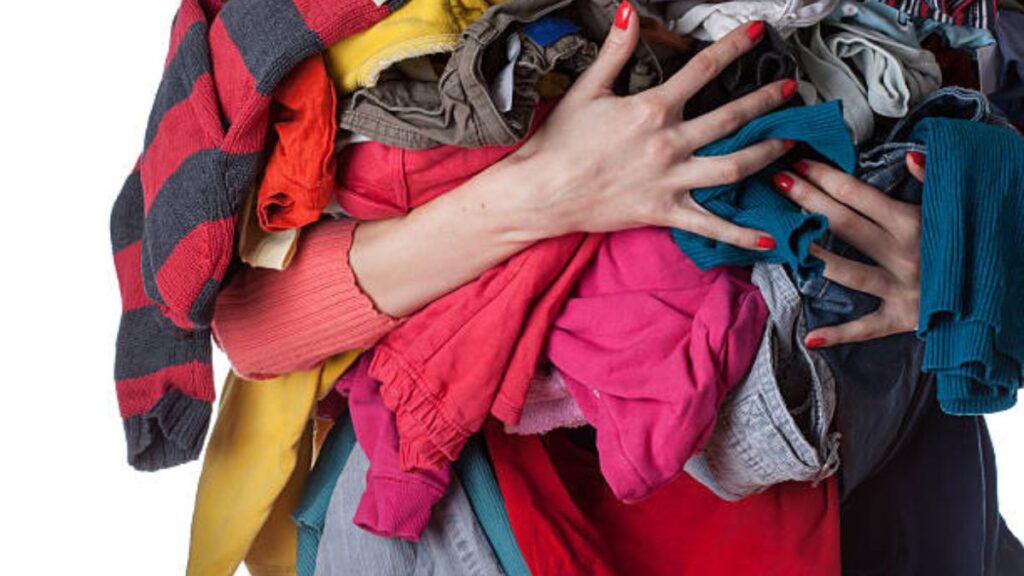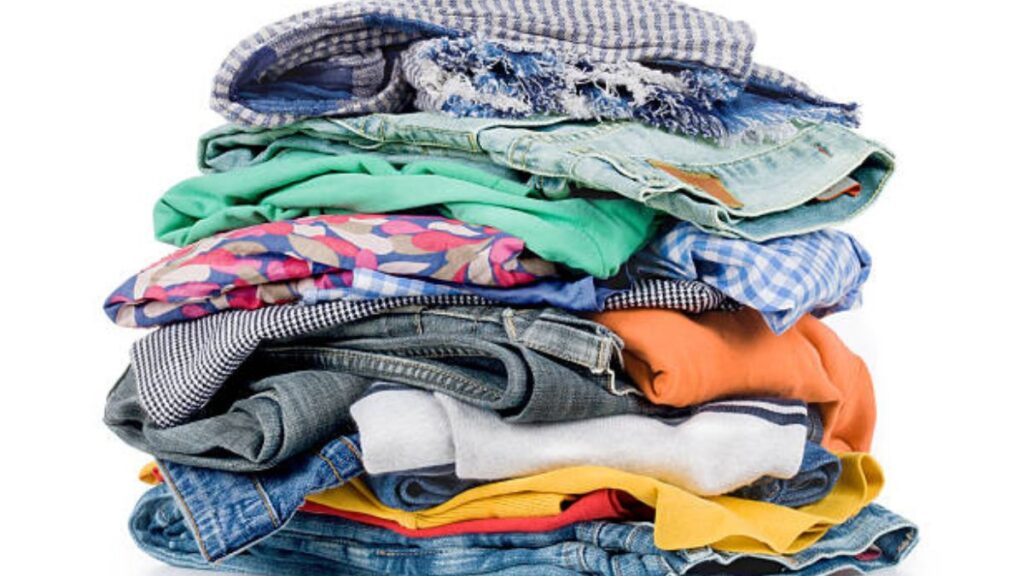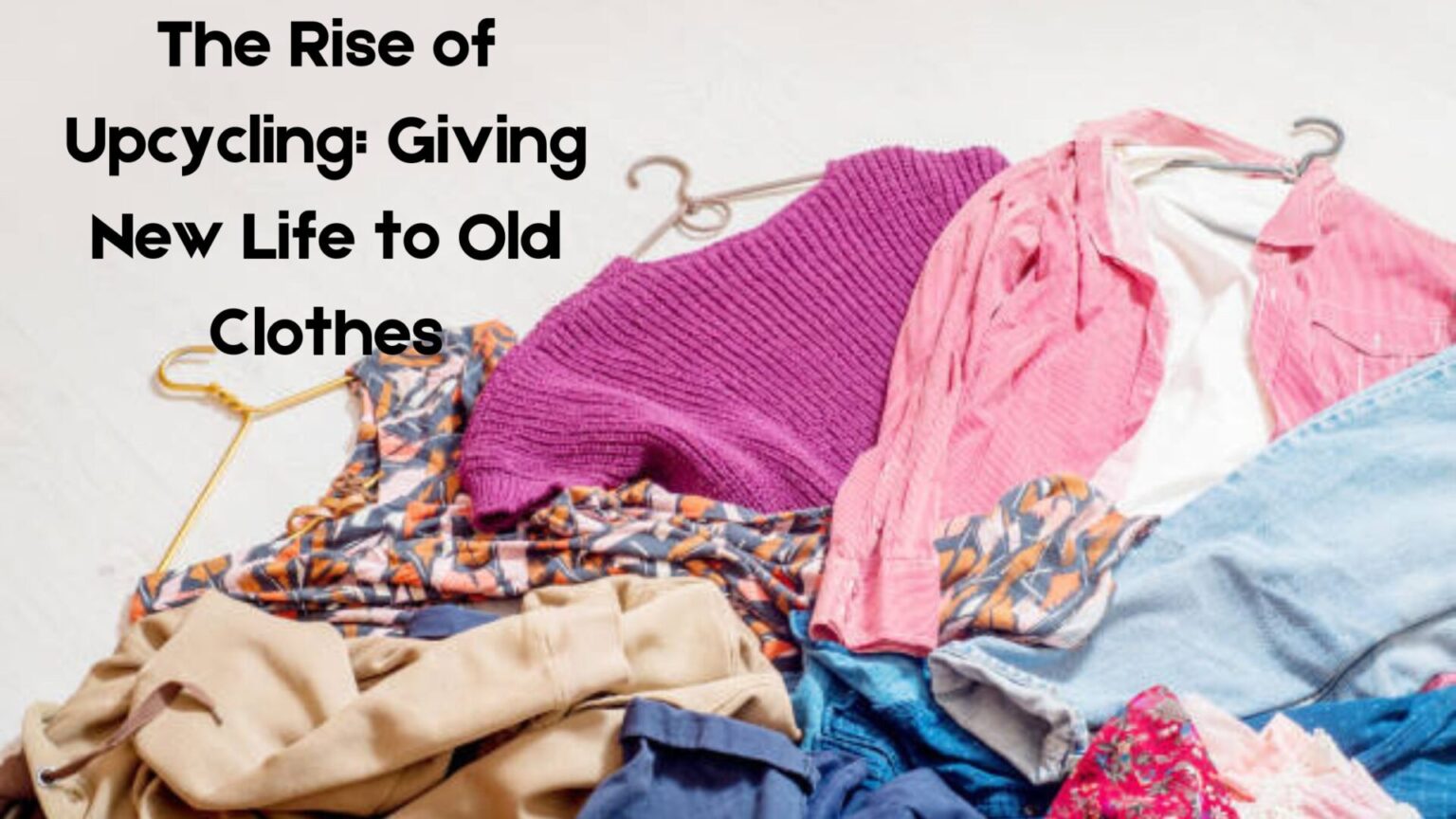Introduction:-
The Rise of Upcycling: Giving New Life to Old Clothes

Upcycling is a popular trend in sustainable fashion. It involves transforming old garments into new and stylish pieces, reducing waste, and allowing for creativity. This article will explore the rise of upcycling and its impact on the fashion industry.
What is The Rise of upcycling?
Upcycling means taking old clothes and making them into something new and unique. This is different from recycling, which breaks down materials into their basic parts. Upcycling keeps the original clothes in good condition while adding creativity. This encourages people to think about their old clothes in a new way and make unique and unique clothes.
Upcycling has many benefits. One of the most important is that it helps the environment. The fashion industry can be bad for the environment because it uses a lot of water and chemicals. Upcycling helps by making clothes last longer and reducing the need for new clothes. This means we use less materials, and energy and pollute less.
Upcycling also gives people the chance to be creative. They can try out different styles, colours and textures. They can add things to their clothes to make them unique. This helps people to express themselves and show their individuality. It also helps people to break away from mass-produced fashion and make something personal to them.
Upcycling is also good for ethical fashion. The fashion industry is sometimes not fair to workers, who can get paid very badly and have poor working conditions. By upcycling, people can buy second-hand clothes and reduce the demand for new clothes. This means they can help to reduce the exploitation of workers. Upcycling also encourages people to buy fewer clothes but of better quality and to support local designers.
There are many communities and platforms online and offline that support upcycling. These communities give people the chance to talk to each other, share ideas and learn from each other. They can share tips, tutorials and inspiration. This helps people to feel like they are part of a group and encourages more people to join in. By sharing their creations, they can inspire others and help to reduce fashion waste
Should I donate my old clothes?

Deciding whether to give away your old clothes depends on various factors, including the condition of the garments, their usability, and your personal preferences. Here are some considerations to help you make an informed decision:
Here are some tips to help you decide what to do with old clothes you no longer wear:
1. Check the condition: If your old clothes are still in good shape and can be worn by someone else, consider donating them to charitable organizations, thrift stores, or clothing drives. This way, someone in need can benefit from your unwanted items, and you can reduce waste.
2. Consider usefulness: Think about whether the clothes you’re getting rid of are still in style and could be useful to others. If the clothes are in good condition and still in fashion, they’re great for donation. However, if they’re damaged or out of style, consider recycling or upcycling them instead.
3. Recycling or upcycling: If your old clothes can’t be donated because of their condition or style, consider recycling or upcycling them. Recycling means sending them to facilities that turn them into new products or materials. Upcycling means repurposing them into something new, giving them a fresh start.
4. Personal value: Sometimes, clothes have sentimental value, making it hard to part with them. You can keep them for sentimental reasons, repurpose them for sentimental crafts or quilts, or store them as keepsakes.
5. Local options: Look for local initiatives or organizations that specialize in clothing recycling or upcycling. They may offer services to collect and repurpose your old clothing, so they don’t end up in landfills.
Why is it a good idea to reuse old clothes?
Reusing old clothes through up-cycling or other methods is a fantastic idea for several reasons:

The fashion industry is one of the most polluting industries worldwide. Reusing old clothes can reduce waste and minimize the environmental impact associated with garment production and disposal. Upcycling allows us to extend the lifespan of garments, reducing the need for new clothing and the resources required to produce them.
The production of new clothing consumes valuable resources such as water, energy, and raw materials. By reusing old clothes, we conserve resources and reduce the strain on the planet. Transforming and repurposing existing garments takes fewer resources than creating new ones from scratch.
Disposing of clothing adds to the growing landfill waste problem. By reusing old clothes, we keep them out of landfills, where they take up space and contribute to environmental degradation. Upcycling gives new life to these garments.
Reusing old clothes promotes sustainable fashion practices, encouraging ethical production and local artisan support. It allows us to resist fast fashion and value quality over quantity.
Upcycling allows for creativity and self-expression. It gives individuals the chance to experiment with different styles, techniques, and designs, resulting in unique and personalized garments. Upcycling encourages us to think outside the box and create something entirely new and distinct.
Reusing old clothes can save you money. Instead of constantly buying new garments, upcycling or incorporating existing pieces can revitalize your wardrobe. It’s a budget-friendly approach that updates your style without breaking the bank.
Many clothing items hold sentimental value, such as heirlooms or pieces with personal significance. By reusing and upcycling these items, we preserve their sentimental value while giving them a new lease on life. It allows us to cherish memories associated with the clothes while creating something meaningful and unique.
Conclusion
Upcycling is a powerful movement that is reshaping the fashion industry and promoting a more sustainable approach to clothing. By repurposing old garments, we can reduce waste, minimize environmental impact, and foster creativity. Upcycling also supports ethical fashion practices and encourages the cultivation of communities dedicated to this cause. As more individuals embrace upcycling, we can collectively contribute to a future where fashion is both stylish and sustainable.
FAQs:
- What is upcycling in the context of fashion?
- Upcycling in fashion refers to the process of creatively reusing and transforming old or discarded clothing items into new garments or accessories with higher value.
- How does upcycling differ from recycling?
- While recycling breaks down materials to create new products, upcycling involves repurposing existing materials without breaking them down completely. Upcycling often adds value or aesthetic appeal to the original item.
- Why is upcycling becoming popular in the fashion industry?
- Upcycling addresses environmental concerns by reducing waste and the need for new materials. Additionally, it allows for unique, personalized fashion pieces and promotes sustainability in an industry known for its environmental impact.
- What are some examples of upcycled fashion?
- Examples include turning old jeans into skirts, transforming vintage fabrics into new clothing items, or repurposing scarves into handbags. Designers often incorporate upcycled materials into their collections to create one-of-a-kind pieces.
- How can consumers participate in the upcycling trend?
- Consumers can engage in upcycling by repurposing their own clothing items through DIY projects, shopping for upcycled products from sustainable brands, or supporting local artisans and designers who specialize in upcycled fashion.
References:
- Fletcher, Kate, and Lynda Grose. Fashion & Sustainability: Design for Change. Laurence King Publishing, 2012.
- Hethorn, Janet, and Connie Ulasewicz. Sustainable Fashion: Why Now?: A Conversation Exploring Issues, Practices, and Possibilities. Fairchild Books, 2008.
- “The Upcycling Trend: Giving Old Clothes New Life.” Forbes, 15 May 2020, www.forbes.com/sites/gretafalvo/2020/05/15/the-upcycling-trend-giving-old-clothes-new-life/?sh=76f1c3f37154.
- “The Rise of Upcycling in Fashion.” Harper’s Bazaar, 20 June 2019, www.harpersbazaar.com/uk/fashion/fashion-news/a28027990/upcycling-in-fashion/.
- Pookulangara, Sanjukta, and Patsy Perry. “Fast Fashion: Can It Be Sustainable?” Sustainability, vol. 10, no. 8, 2018, p. 2667.






